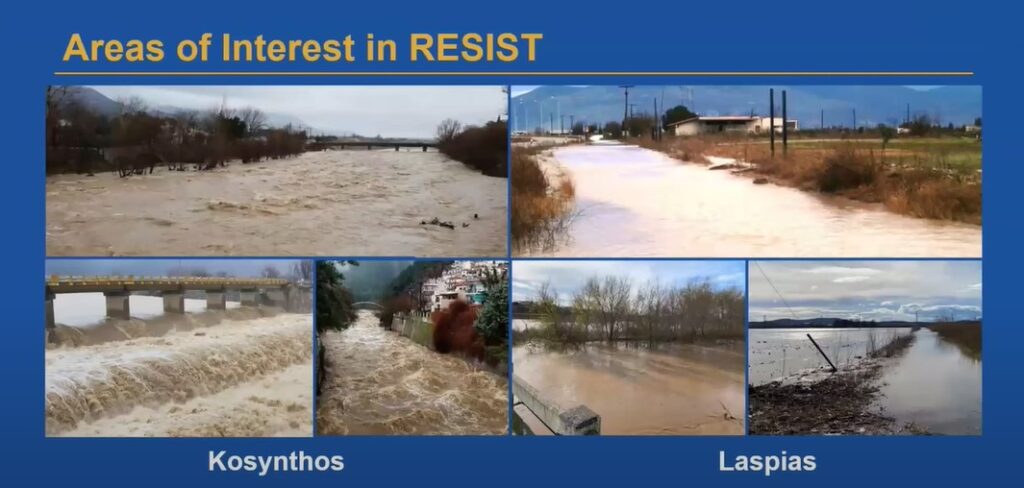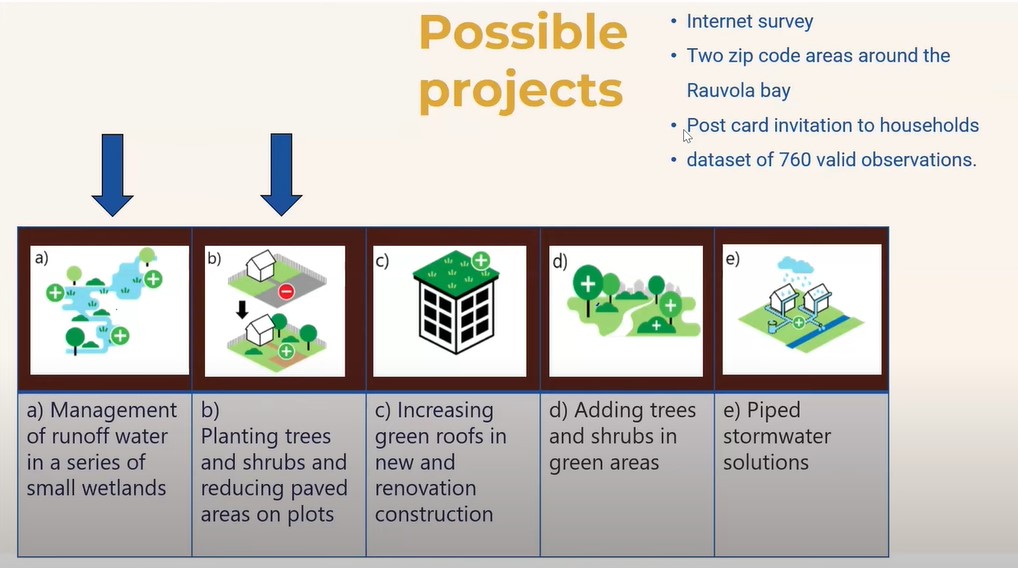On 3 June 2025, climate and media professionals gathered virtually for the fourth RESIST media briefing – a webinar titled “From Challenge to Action” – spotlighting how climate-vulnerable regions in Europe are pioneering innovative, collaborative solutions for climate adaptation. The session, tailored for journalists, offered a unique insight into the frontline of regional resilience, showcasing practical tools, digital innovation, and nature-based strategies already reshaping Europe’s climate future.
The context is urgent.
REVOLVE project manager Cristina Biddlecome, who moderated the briefing, said: “2024 was the first full calendar year to exceed 1.5°C above pre-industrial temperatures,” said REVOLVE project manager Cristina Biddlecome, who moderated the briefing, referencing the State of the Global Climate 2024 report.
It was a stark detail that framed the entire session. Against this backdrop, the RESIST Project – co-funded by the European Union under the EU Mission on Climate Adaptation – merged as an example of coordinated regional action.
Regional Voices: Grounded solutions in action
The core of the briefing featured three case studies showcasing RESIST’s impact on the ground.
Professor Christos Akratos from the Democritus University of Thrace shared how the Greek region of Eastern Macedonia and Thrace is tackling floods and soil erosion through nature-based solutions (NBS). By simulating interventions in two river basins, including cost-benefit analyses and early-warning systems, the region aims to build a legislative framework for NBS integration. “We don’t just want technical solutions – we’re building an ecosystem involving farmers, landowners, civil protection, and policymakers,” Akratos noted.

In Extremadura, Spain, Professor Fernando Pulido illustrated how landscape management is being used as wildfire defence and a tool for economic revitalisation. “Depopulation and land abandonment have created a perfect storm for megafires,” Pulido warned. Extremadura’s strategy? Productive firebreaks: restored olive and chestnut groves, goat grazing zones, and resin harvesting that double as wildfire buffers. These fuel breaks not only halt fires but also generate branded products like cheeses and oils. “We’re merging climate resilience with local business models,” Pulido added, noting that their approach is now being adopted in the Netherlands.
Professor Eija Pouta, from the Natural Resources Institute Finland (Luke), added a northern European perspective to the briefing, presenting how Southwest Finland is applying cost-benefit analysis to assess the viability of nature-based stormwater solutions.
Working in the Rauvola Bay area of Turku, her team combines citizen surveys with economic modelling to weigh the pros and cons of urban wetlands and green infrastructure. “Our goal is not just economic validation – it’s about integrating public perceptions into planning,” Pouta explained. The region is also exporting its rain garden catalogue and Blue-Green Factor policy tool to twinned sites in Greece and France.

The basis for climate resilience
The RESIST approach hinges on a diversity of solutions tailored to local risks. These range from early-warning systems and hydrological models to policy instruments and stakeholder engagement platforms. Catarina Azevedo, RESIST’s Operational Coordinator from INOVA+, who opened the session, emphasised the project’s multistakeholder model: “We work with academia, businesses, policymakers, civil protection authorities, and citizens – a full ecosystem approach.”
Azevedo presented the project’s main points: a network of 60 partners across 12 regions, structured into demonstrator and twinned sites. “We are halfway through our five-year journey,” Azevedo noted, highlighting that regions are already experiencing intensified climate events, from floods to heatwaves and wildfires.
Transfer Plans: From innovation to implementation
Linda Hölscher, Senior Advisor at adelphi, guided the public through the transfer of knowledge methodologies that drive RESIST. Having mapped climate risks and capacity gaps across all 12 regions, the team identified shared challenges such as heatwaves, coastal flooding, and erosion.
Hölscher categorised the many solutions being implemented, including digital twins, flood modelling, rain garden catalogues, and stakeholder education via augmented reality tours. The Catalan-developed ARGOS system, for instance, combines early warning with participatory toolkits to boost citizen preparedness. “What makes RESIST powerful is its ability to transfer tested solutions across borders,” said Hölscher, pointing to over a dozen deep-dive transfers currently underway.

Q&A highlights
The session revealed takeaways from the regions. Akratos highlighted the use of AI-enhanced flood alerts and outlined strong cooperation between government, academia and SMEs in Greece. Pulido noted that Extremadura’s firebreak strategy is now being tested in the Netherlands and tied to local product labelling. Hölscher highlighted the need to adapt solutions to local conditions, supported by structured transfer plans. Pouta reported that cost-benefit analysis in Finland includes citizen input from over 760 survey responses and directly informs urban water management decisions.
Collaboration for Scalable Resilience
As the session wrapped up, one message stood clear: local action, when supported by international frameworks and mutual learning, can lead to scalable, high-impact adaptation strategies. The solutions being tested and transferred under RESIST are not only rooted in science and community engagement, but also ready for replication.
As Azevedo summarised, “What we’re building is not just for our 12 regions – it’s knowledge that can serve all of Europe.”












